The 5 Best Winter Tires in Canada for 2024
By Heidi Unrau | Published on 29 Dec 2023
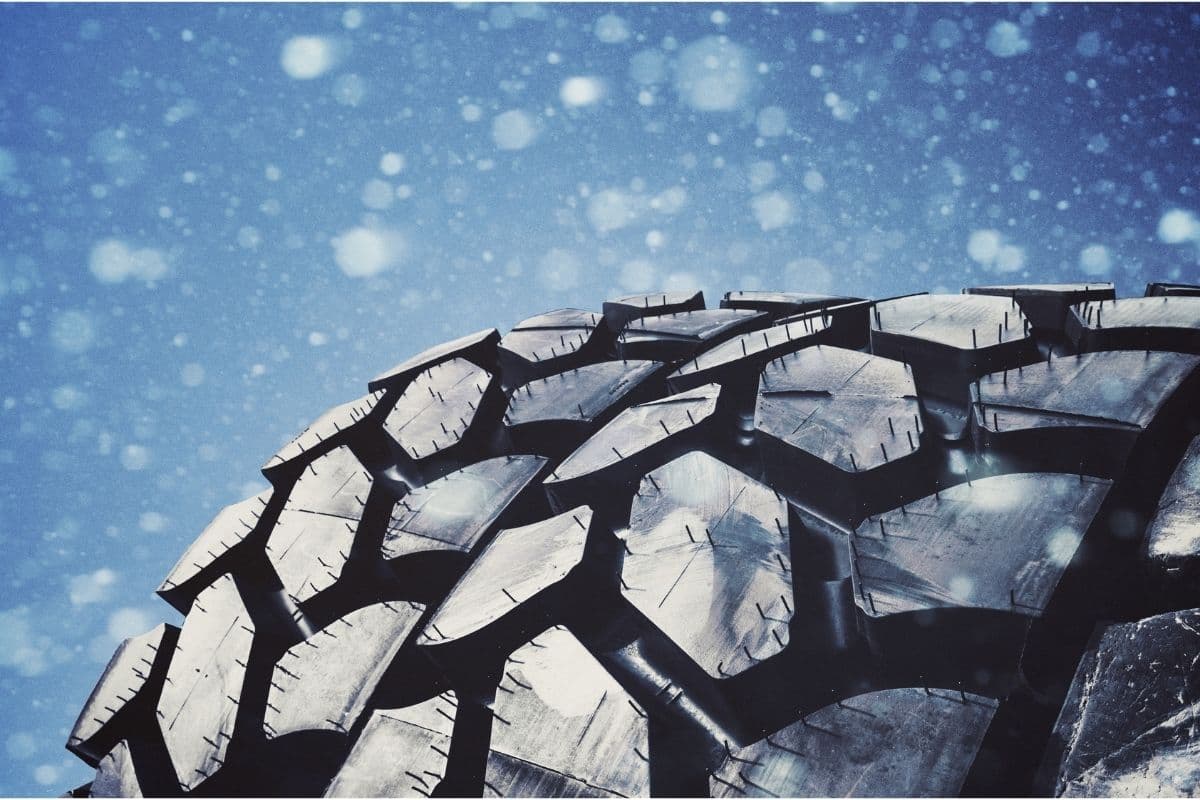
If you’re from Winnipeg, like me, you already know that Canadian winters can be obscenely cold and brutally icy. Your safety on the road is not only dependent on your behaviour behind the wheel but the rubber under your car. In a harsh winter weather climate, you want to have winter tires to keep you safe. There are many factors to consider when buying winter tires. Traction, tread, durability, price, and more will determine what meets your requirements for the best winter tires in Canada. The following list will give you a start in learning what the best winter tires are for your needs.
Nokian Hakkapeliitta R5
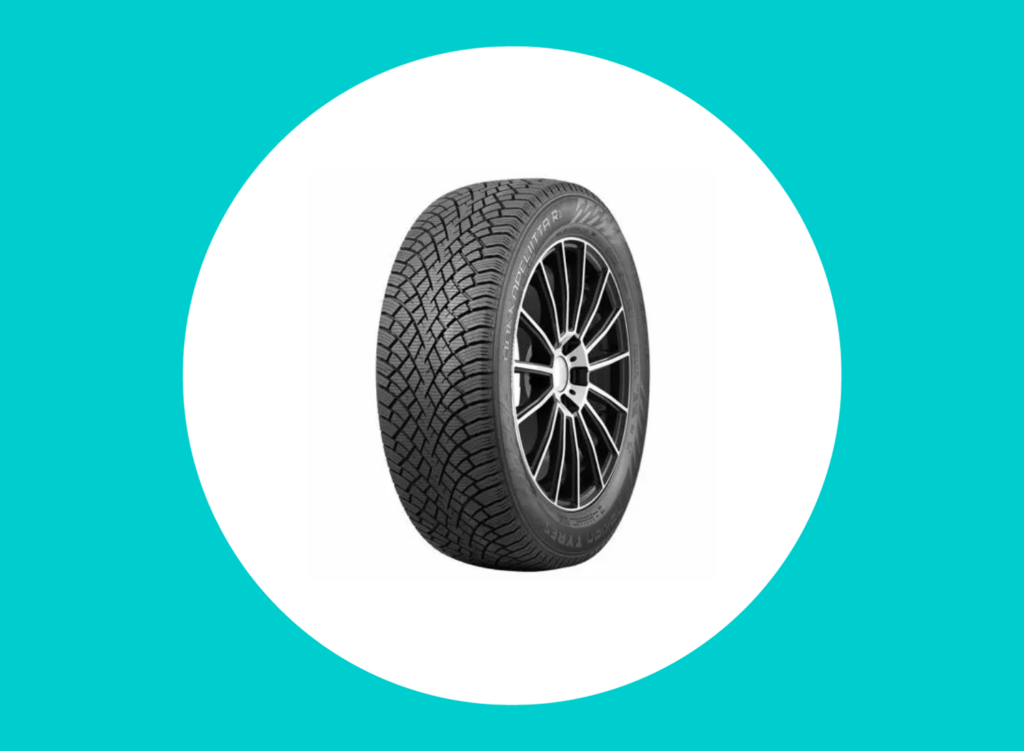
Nokian is one of the best winter tire manufacturers in the world, if not THE best. This is partly because of its northern location. The company is based in Finland and is the only tire manufacturer in the world with its own winter tire testing facility.
The Hakkapeliitta winter tire model is already known as one of the best winter tires in Canada, but the new models are pushing that reputation even further.
As EV and hybrid cars become more popular across the country, Nokian has risen to the challenge by creating winter tire models designed explicitly with EVs in mind.
The Hakkapeliitta family of Nokian tires has been around for several years, but the newest R5 models are raising the bar for the Nordic manufacturer. The R5 model provides a smooth, quiet, and, most importantly, safe ride for drivers and passengers.
The R5 has been redesigned with a new Double Block Grip tread that covers more ground surface, giving you even more control over your vehicle. The unique tread design is also smaller, meaning significantly less noise in the vehicle and a more comfortable ride. Arctic Grip Crystals embedded into the tire also start to emerge as the tire is worn down, giving extra grip and control well into the tire’s life.
Bridgestone Blizzak ws90
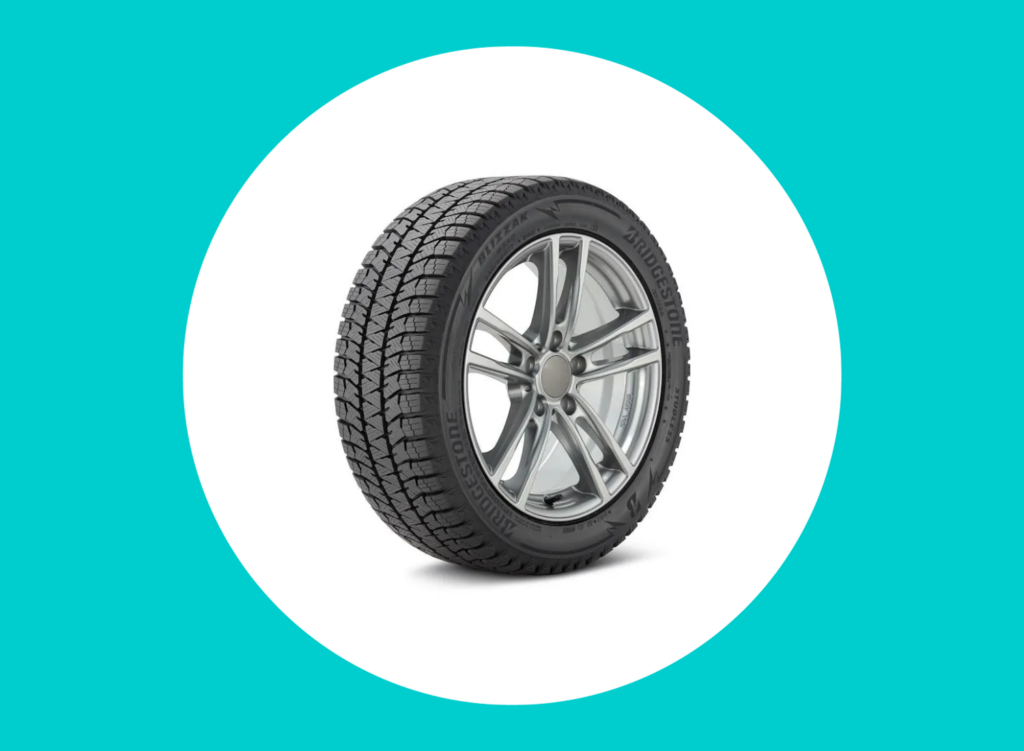
If you have been keeping track of the best winter tires in Canada, you will no doubt be familiar with the Bridgestone Blizzak family of winter tires. Bridgestone is known for its safety and control on the road, and the newest Blizzak ws90 model lives up to the Blizzak reputation.
Especially notable about this winter tire model is the grip and control the Blizzak ws90 has not only on slushy winter roads but on dry roads as well. Of course, winter driving is not always on wet roads. There are plenty of days when the sun shines and the streets are clear of ice and snow. On dry days, some drivers find their winter tires have less control.
The Blizzak ws90 employs a silica-enhanced tread compound that helps it stick to the road in both dry and wet conditions. This winter tire also has excellent braking distance compared to similar tires. The new Multi-Cell tread compound used in this tire also significantly improves acceleration and stopping distance on ice by removing water between the ice and the tire tread.
Michelin X-Ice Snow
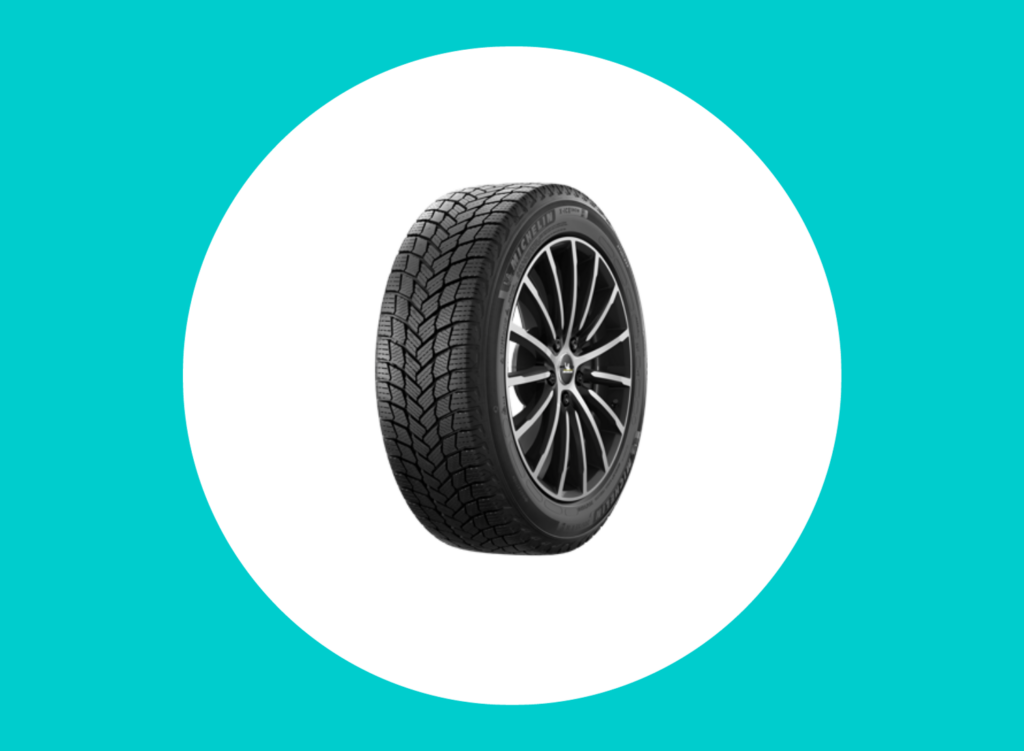
For drivers who want a little more life out of their winter tires, consider the Michelin X-Ice Snow tire. The Michelin Man is a familiar character to many Canadians. Maybe that is why Canadians rate Michelin as producing some of the best winter tires in Canada.
The quality you get from this French manufacturer is outstanding, as evidenced by the X-Ice Snow winter tire that has lasted many customers a whole season longer than other winter tires. Michelin also offers a 64,000 km warranty for this tire model giving you peace of mind if you need a long-lasting winter tire.
Aside from the longevity of the X-Ice Snow, the tire’s new technologies make it more effective on snowy roads. The fleX-Ice 2.0 feature creates micro-roughness on the tire surface, giving it more traction and control on icy roads. The V-shaped tread pattern also helps to deter hydroplaning. The downside of this tire is that it is quite noisy, as is the case with many winter tires.
Continental Viking Contact 7
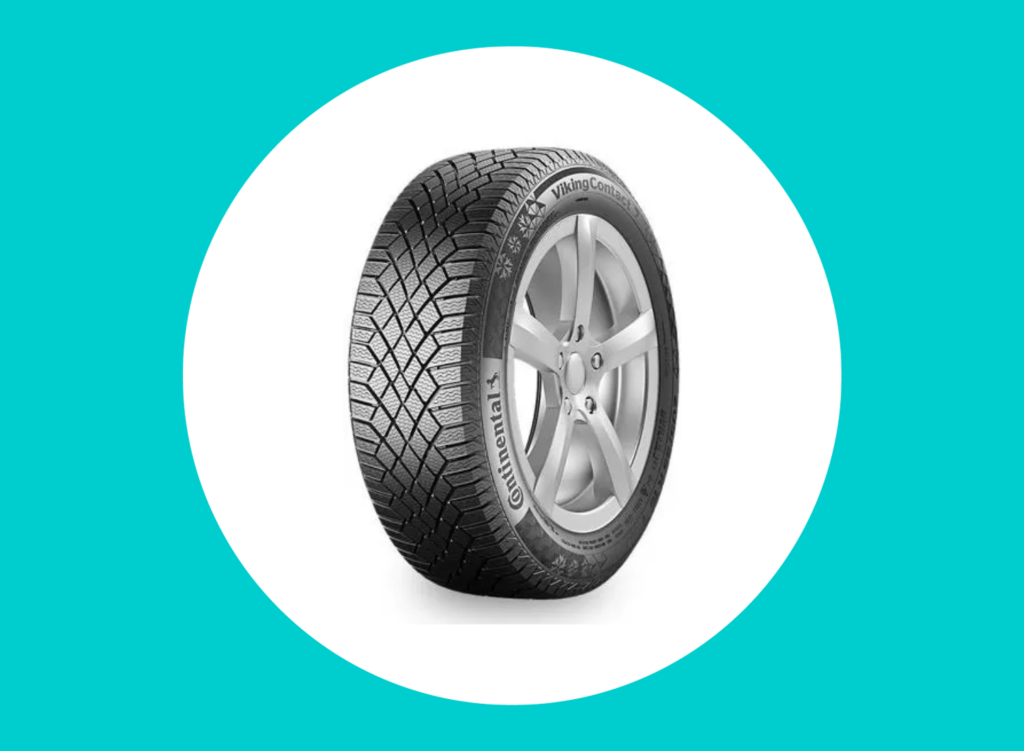
The Continental Viking Contact 7 tire was designed to perform in Scandinavian winters. This tire is a popular choice in Scandinavia and in Canada. The redesigned tread grooves allow snow to get into the tracks. This creates snow-on-snow traction that keeps you from sliding on the road. When these treads hit slush or water, they easily wash it away to keep your tire firmly on the road.
The Continental Viking Contact 7 also performs exceptionally well on noise tests. It is one of the quietest winter tires on the market. Continental also offers a robust warranty program that includes:
- A trial period
- The manufacture warranty
- Road hazard warranty
- Roadside assistance for three years.
Goodyear WinterCommand Ultra
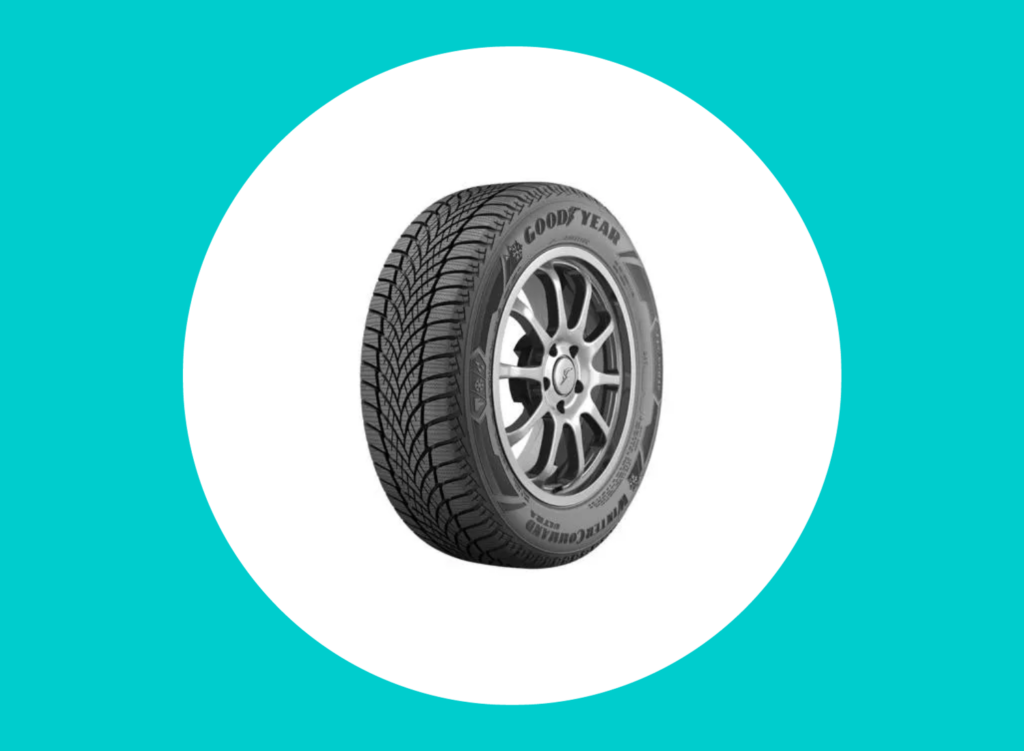
Goodyear’s WinterCommand Ultra winter tires are a solid option for your new winter tire purchase. The company sought to improve upon the Bridgestone Blizzak winter tire design and included new technology in the tire compounds and tread patterns.
The Cryo-Adaptive compound used in the WinterCommand Ultra ensures an extra flexible tire that doesn’t harden in cold, wet conditions. Goodyear also employed Block Cuts and Adaptive SlipGrip technology in the tread. This brings traction on slushy roads to a new level.
Bonus: Heidi’s Favourite Winter Tires
While I currently have a stellar driving record, I’ve had a few fender-benders over the years. Then there was the time my husband narrowly walked away from a near-miss on the highway (spoiler: the car was totalled). Almost all these driving mishaps had one thing in common: winter!
From slushy city streets to icy rural roads, we’ve seen (and slid on) it all. While many of us already trust winter tires for that added grip, there’s a level up in the winter tire game that many are yet to explore: studded winter tires. Here’s why I won’t drive in the winter without them.
Why Studded Tires?
1. Superior Traction on Ice: The primary advantage of studded tires is their unparalleled traction on icy surfaces. Each stud acts like a tiny claw, gripping the ice and preventing the dreaded slide.
2. Confidence in Extreme Conditions: While non-studded winter tires perform well in many conditions, studded variants shine when temperatures plummet and roads become skating rinks. They instill confidence in drivers, ensuring you have the best possible traction in the most challenging conditions.
3. Longer Tire Life: The studs in these tires not only provide grip but also reduce wear on the tire rubber. This means your tires could have a longer lifespan, giving you better value for your money.
The Studded Gold Standard: Nokian Hakkapeliitta 10
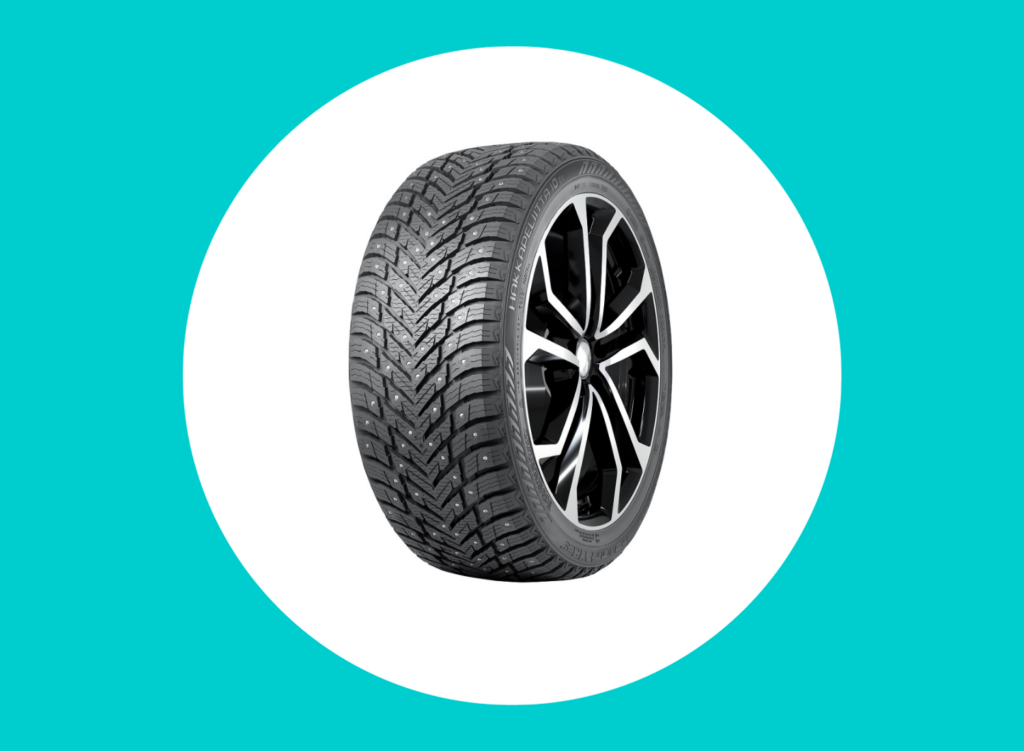
When talking about studded winter tires, one name stands out from the rest: the Nokian Hakkapeliitta 10. If you’re in a part of Canada where icy roads are the norm, or you simply want the best grip money can buy, the Nokian Hakkapeliitta 10 is a worthy investment. Here’s why I’m obsessed with mine:
Multi-faceted Stud Technology: Nokian has gone the extra mile with its latest stud technology. The Hakkapeliitta 10 boasts a double-stud design. While the centre studs ensure maximum grip during acceleration and braking, the shoulder area studs provide excellent traction while turning or changing lanes. And because the studs are factory-installed, they don’t pull out.
High Stud Count: Each stud serves as a tiny anchor, piercing the ice to secure a grip. A higher stud count means there are more of these “anchors” embedded in the tire. This maximizes the tire’s grip on the road, especially when it’s covered in a slick layer of ice.
A higher number of studs also ensures that the pressure exerted by the tire is distributed more evenly across its contact patch (the part of the tire that touches the road). This results in more consistent and reliable traction. It also means less wear and tear on each individual stud, as the workload (and the stress) is shared among more studs.
Enhanced Braking Performance: Currently, these tires hold the record for the highest speed on ice. Thanks to its stud technology, the braking force is distributed across more points of contact, leading to shorter stopping distances and a reduced risk of skidding.
Excellent Wet Grip and Aquaplaning Resistance: Even though it’s a winter tire, the Hakkapeliitta 10 does not falter during wet conditions. Its deep grooves effectively channel water away, reducing the risk of aquaplaning.
Longevity with Durability: This tire is crafted to last. The aramid fibre used in the sidewalls prevents damage, ensuring that the tire remains durable, even in the face of potholes or debris.
Quiet Ride: Studded tires are notoriously noisy, but the Nokian Hakkapeliitta 10 is one of the quietest on the market. This means you can drive safely and still rock out to Grandma Got Run Over By a Reindeer with confidence knowing she won’t get run over by you (because you’ll be able to stop in time)!
Did You Know: Winter Tires Can Lower Your Car Insurance Premiums!
You may be eligible for discounts on your insurance for using winter tires. Some of the best car insurance companies reward responsible drivers with slight discounts for switching to winter tires during specified dates. The timeframe is usually December 1 to March 1 or November 1 to April 1.
In 2016, the Liberal government started requiring insurance companies to provide a discount to Ontarians who use winter tires. These insurance discounts in Ontario typically range from 3 to 5 percent. Comparing car insurance rates and conditions can help you find the best car insurance for your budget. You can also find out which insurance providers offer the best discount for using winter tires.
Ask Your Insurance Provider About Winter Tire Programs
But the budget saving isn’t reserved just for Ontarians. Many car insurance providers across the country offer winter tire incentives. For example, I live in Winnipeg where car insurance is publicly provided through Manitoba Public Insurance (MPI).
MPI offers a Winter Tire Program that makes winter tires more accessible to Manitoba residents, thus improving road safety during the icy months. This program provides low-interest financing options for eligible individuals to help them purchase winter tires and cover related costs.
The rate is 2% + Prime for up to $2,000 on winter tires per vehicle. You can choose a repayment term between 1-4 years and payments are auto-debited from your account each month, just like a regular loan.
By encouraging the use of winter tires, MPI aims to reduce winter collisions and, in turn, maintain a more stable car insurance rate environment for Manitobans.
Best Time To Buy The Best Winter Tires in Canada
Tire shopping is often pushed to the bottom of drivers’ to-do lists. It is time-consuming to research the best winter tires in Canada. Plus, you have to figure out when you should buy and change them.
Learning as much as possible about winter tires will help make the process easier. Your first step in purchasing winter tires is to figure out when to start shopping. You should typically switch your tires over around late fall. That said, you will want to have a set picked out by then.
When purchasing a new car, you might get a slight discount on winter tires by purchasing them at the dealership. Otherwise, some tire shops have deals on winter tires during early fall before the rush sets in.
Tires should still be available in late fall. However, discounts are hard to find as many people rush to get winter tires before the first snow. You can also buy winter tires throughout the winter or spring. However, the selection will be limited as many shops will be bought out in late fall and early winter.
Why Getting Winter Tires Is A Smart Money Move
It’s a frosty morning and you’re on your way to work. Then, uh oh, your all-season tires lose grip on an icy patch. Suddenly, you’re faced with a hefty repair bill or worse—an insurance claim. The costs of accidents, especially when compounded by slippery roads, can be astronomical. Higher insurance premiums following an accident can haunt you for years, acting like a monthly reminder of that one icy morning.
Just when you thought you were saving money with all-seasons, you drove straight into an expensive financial lesson instead. But it’s not just about avoiding the dreaded crash-bang scenario, there are other financial benefits too.
Savings that Snowball with Winter Tires
Beyond the clear safety advantages, winter tires offer tangible financial benefits:
Reduced Insurance Premiums: Many insurance companies reward drivers who equip their vehicles with winter tires by discounting the cost of premiums.
Better Fuel Efficiency: A tire that grips the road better in winter conditions ensures you’re not burning extra fuel, saving you some precious dollars at the pump. While you’re at it, stack those savings with one of the best credit cards for gas purchases.
Longevity of All-Season Tires: Giving your all-seasons a break during the winter extends their lifespan, delaying the purchase of a new set.
Upfront Cost vs. The Long-Term Gain
There’s no denying it—winter tires come with an upfront cost. But when compared to potential repair bills, increased insurance premiums, or the devastating costs associated with accidents, it’s clear that winter tires are a worthwhile investment. Think of it as paying a bit now to save a lot later.
Choosing Winter Tires in Canada: Meeting Your Needs & Budget
Sure, the season can be beautiful, but it also brings along challenges for drivers. Selecting the right winter tires can significantly improve your safety, driving experience, and long-term financial wellness. Here are some tips to guide you:
Know the Basics
Symbols matter: Look for the Three Peak Mountain Snowflake symbol (3PMSF) on the tire sidewall. This indicates the tire meets specific snow traction performance requirements.
All-season vs. Winter: Remember, M+S (Mud + Snow) labelled tires are all-season, which might not provide the same traction as dedicated winter tires.
Assess Your Needs
Driving Conditions: Consider where you’ll be driving. City drivers might not need as aggressive a tread as someone driving in rural, snowy areas.
Driving Frequency: If you don’t drive often or only take short trips, you might not need top-of-the-line winter tires.
Set a Budget, But be Flexible
Safety First: While budgeting is essential, remember that tires are a critical safety feature. It’s advisable to purchase the best you can afford. But I get it, times are tough. At the end of the day, ANY winter tires are better than NO winter tires.
Long-term Investment: High-quality tires can last multiple seasons, offering better value for money over time.
Research Brands & Reviews
Given the extreme winters in cities like Winnipeg, relying on expert opinions and experiences can be crucial. For example, with over 16 years in the tire and auto industry, a seasoned expert like my husband will vouch for the reliability of certain brands under harsh conditions.
Brands like Goodyear and Michelin, for example, are the most popular on the market. But that doesn’t mean they’re the best winter tires in Canada or even the best ones for you.
Check online reviews and ratings: Look for tires that have been tested and praised by Canadian drivers.
Consider Tire Features
Tread Depth and Pattern: Deeper treads and unique patterns can enhance grip and traction.
Studded or Stud-less: Studded tires, like the Nokian Hakkapeliitta 10, offer superior grip on icy roads due to their high stud count. However, they might be noisier than you’re used to and aren’t allowed everywhere due to road wear concerns.
Soft Compound: Tires made with a softer rubber compound remain flexible in colder temperatures, ensuring better grip. This is actually the key difference between summer tires and winter tires and why you should never drive either of them in a season they’re not designed for.
Don’t Overlook Installation & Maintenance
Always buy a full set of four identical tires to ensure balanced performance. Check tire pressure regularly, especially as temperatures drop. Rotate your tires to ensure even wear, extending their lifespan.
Hunt for Deals, Discounts, and Financing Opportunities
Off-season Shopping: Prices might be lower during spring or summer for last season’s stock.
Promotions: Many tire retailers, including big names like Canadian Tire, Fountain Tire, Kal Tire, and Costco often offer promotions or bundled deals.
Winter Tire Programs: Contact your car insurance provider and ask about winter tire programs. Many, if not most, car insurance companies offer some kind of incentive to help people access winter tires.
Think Long-term
Investing in separate rims for winter tires can save you money in the long run on installation costs. Proper storage during off-seasons can extend the life of your winter tires. Store them in a cool, dry place, away from direct sunlight. Some tire dealers, like Fountain Tire and Kal Tire, can even store them for you until next season.
